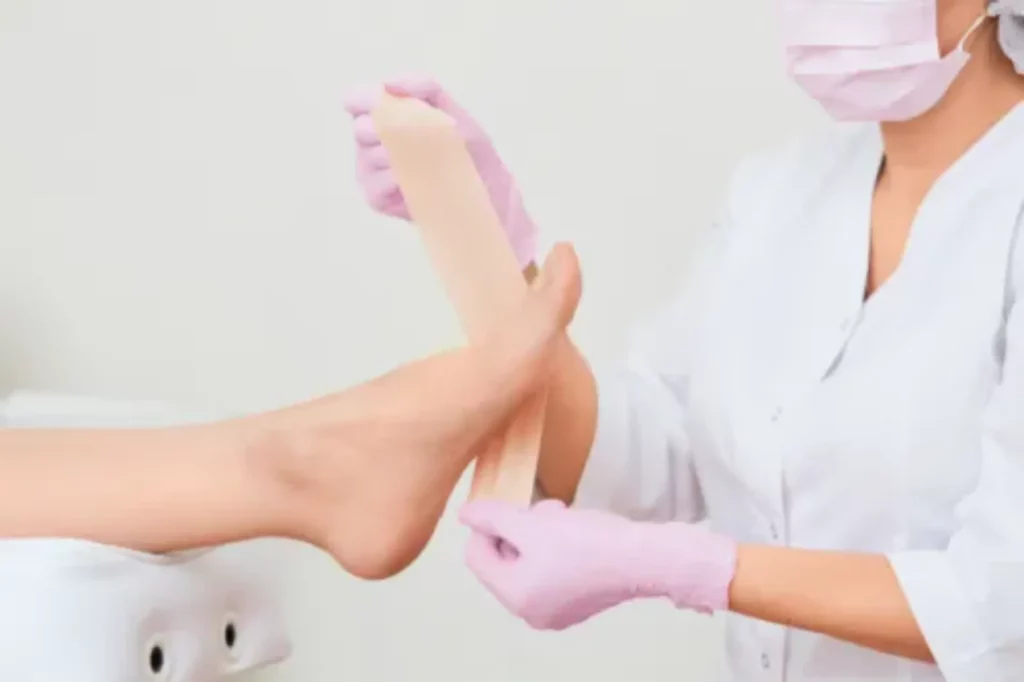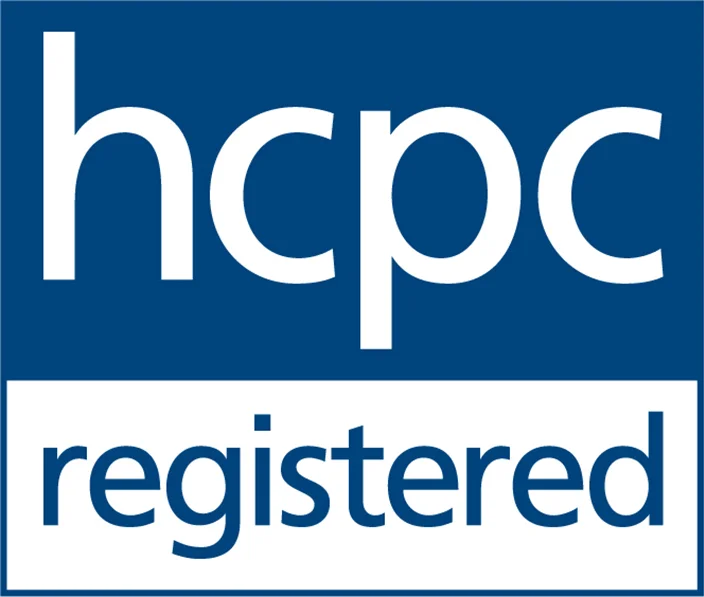A podiatrist is generally your first port of call when you have a foot-related problem. They specialise in treating foot and lower limb problems. They can treat anything from fungal toenail infections to more complex problems, like Plantar Fasciitis.
However, you might also have heard of the term ‘chiropodist’ or ‘chiropody’. Today we will discuss the differences between a chiropodist and a podiatrist.
In short, there is no difference. The older generation generally uses chiropodists and chiropody, and this was replaced by podiatrists and podiatry around the second half of the 20th century.
So, why change it? Some countries still use the term chiropody to describe foot and ankle medical care –countries such as the United Kingdom and the United States led the way in the 1960s in changing the name, for two main reasons:
- Confusion with chiropractors – Chiropractic is a more complementary treatment; chiropractors use their hands to relieve problems with bones, muscles, and joints. During the 1950s, these treatments were becoming increasingly popular, and people were confusing chiropodists with chiropractors.
- A more evident root –The term ‘chiropody’ comprises of two roots –‘chiro’ meaning hands, and ‘pod’, which is the Greek word for foot. The origins of ‘podiatry’ come from ‘pod’ and ‘iatros’, meaning physician in Greek. This change felt more fitting with what the profession actually did, and it became a recognised branch of modern medicine.
Will I receive a different type of care from a Podiatrist and a Chiropodist?
While most countries now use the term ‘podiatrist’, some countries still continue to use the term ‘chiropodist’ – so can you expect the same level of care?
Generally, licenced podiatrists are trained and educated to do the following:
- Perform podiatric surgery related to the foot and ankle
- Perform physical examinations and study your medical history
- Administer anaesthetics and sedation for conditions relating to the foot and ankle
- Diagnose and treat conditions such as fungal nail infections, ingrown toenails, athletes foot and more
- Prescribe medication
- Perform some physical therapy
- Interpret x-rays, giving advice and diagnosis
- Prescribe, order and fit prosthetics, casts, insoles and orthotics
- Diagnose and treat sports-related injuries
If you are unsure about someone who refers to themselves as a chiropodist, you can check with the relevant authorities to see if they have the correct qualifications.
If you feel you have a problem that we could help with, please do get in touch!






